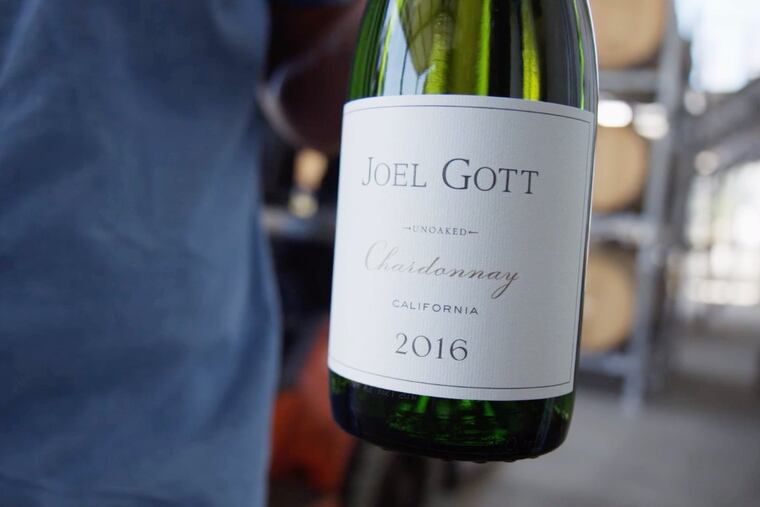The rising popularity of unoaked chardonnay, explained
Chardonnay makers are moving away from the distinctive, nutty “toasted oak” flavor, and closer to the orchard-fruit flavors of steel-aged chardonnay.

Very few white wine grapes adapt well to being “oaked,” and chardonnay is the most popular of these by a mile. The use of “oak” as a verb is wine-trade shorthand, referring to the traditional French practice of fermenting and aging white wine in oak barrels where at least 20 percent of those barrels are brand-new, enough to impart the distinctive, nutty “toasted oak” flavor that’s associated with cognac or bourbon. Barrel-aging with new oak is routine for all fine red wines but is only selectively applied to some white wines like chardonnay, viognier, and occasionally sauvignon blanc-based blends.
Historically, the majority of American wine drinkers have preferred their chardonnay to be oaked, favoring the traits associated with that wine-making technique, such as enriched texture, softened acidity, caramelized fruit flavors, and the addition of “barrel spice” aromatics. In recent years, however, unoaked white wines have been growing in popularity. The flavors of unoaked chardonnay are reminiscent of fresh orchard fruits like green apples, golden apples, and ripe red pears.
As a result, many vintners have begun to produce unoaked versions of their chardonnay. Unoaked chardonnays may be made entirely in steel tanks, but better versions, like this one from California, are likely to see a small fraction of the wine aged in a barrel to soften the fruit’s raw edge. They taste noticeably lighter and fresher than their fully oaked peers — less rich or plush in the mouth, but also decidedly more refreshing, with more prominent acidity.
Joel Gott Unoaked Chardonnay - California (13.9% ABV)
On sale for $13.99 through Oct. 27 (regularly $16.99); PLCB Item #4010
Also available at: Gloucester City Bottlestop in Gloucester City, N.J., $12.96; Wine Warehouse in Mantua, N.J., $12.98; Joe Canal’s in Marlton, N.J., $12.99.